How to play Chinese Chess receives special attention because this game is closely linked to the history of our country.
Throughout the roads from the countryside to the city, you can easily encounter groups of elders gathering to play chess with each other.
What is Chinese Chess? The origin of Chinese Chess
The fact that Chinese Chess has been maintained to this day proves that its appeal is not weak at all. This recreational activity cannot be defeated by the rapid development of technology in recent years.
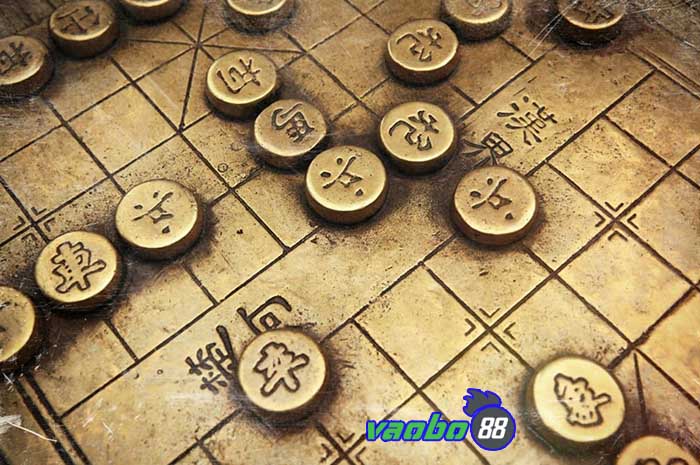
Concept of Chinese Chess
Chinese Chess is a competitive intellectual game between 2 players. It is also known as Chinese Chess, or 象棋 / 中國象棋 (in Chinese). This type of chess is popular in countries heavily influenced by Mainland China since ancient times, such as China, Vietnam, Singapore, Taiwan,…
Along with chess, Chinese Chess classes are available throughout our country. Especially, the elderly greatly enjoy this game and can sit and play all day long. Since the 1000 years of Northern domination, the Chinese have taught our people how to play Chinese Chess.
The image of stone tables and chairs with a cup of tea and a few elders gathered together is very familiar in the Vietnamese countryside. Young people are taught to play Chinese Chess by their grandparents from the time they first start learning to read and write. Nowadays, the trend of playing chess is gradually being replaced by smartphones, which is quite a sad reality!
The origin of the way to play Chinese Chess
Chinese Chess simulates two countries fighting against each other to find the ultimate winner. The sole purpose of this traditional game is to capture the opponent’s general.
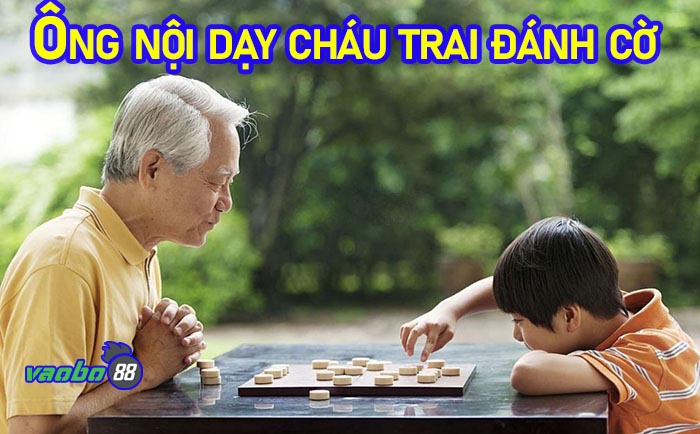
Each side consists of 32 different pieces, each with its own unique movement. The rules of Chinese Chess have a special point as pieces are not placed in a square but rather at the intersections of the lines.
The separation between the two rival opponents is the River, and some pieces are not allowed to move into the opponent’s territory. While some pieces can only move within the final stronghold (palace).
Guide to playing Chinese Chess on the chessboard
The first step in learning how to play Chinese Chess is to understand the chessboard. The Chinese Chess practice board consists of 10 horizontal lines and 9 vertical lines.
Therefore, it has a rectangular shape, and the aforementioned lines are either perpendicular or parallel to each other. Thus, there are 90 points on the board to place pieces, so the way to move in Chinese Chess is not trivial at all.
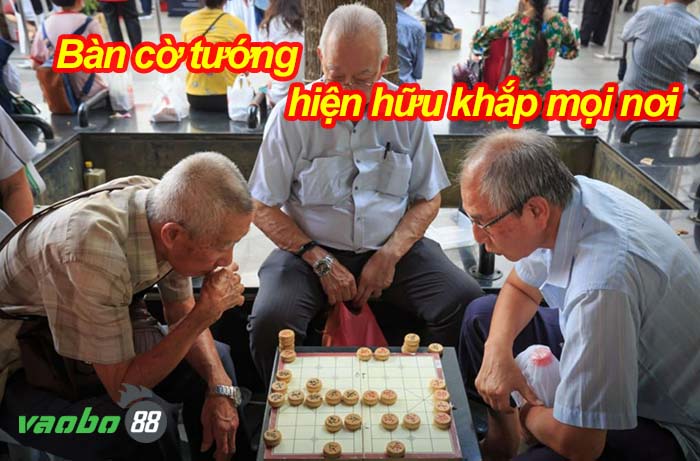
In which, the river divides the territory into 2 equal and completely symmetrical parts. The rules of playing Chinese chess pay great attention to this river, especially concerning the pawn pieces. Each territory will have a central area called the palace formed by 4 squares. Additionally, the palace area also features 2 special diagonals for easy distinction.
The way to play Chinese chess correctly is that the player sitting on one side will control the “army” on that side. Typically, the chess pieces are painted in 2 contrasting colors: red and black, and sometimes they may be a different color.
As mentioned above, each chessboard has 32 pieces from the start, meaning each side possesses 16 pieces. In terms of types, the chessboard includes 7 different types: General, Advisor, Elephant, Horse, Chariot, Cannon, and Pawn.
In some pieces, there is a difference between the black and red sides. Players need to be aware of this when learning how to play Chinese chess from the beginning. The arrangement of Chinese chess pieces is entirely based on the symmetry of both sides and symmetry when taking the General piece on one’s side as the standard.
How to play Chinese chess according to each piece
The next important step in the basic guide to playing Chinese chess is how to move the pieces. Each piece has its own way of moving and capturing.
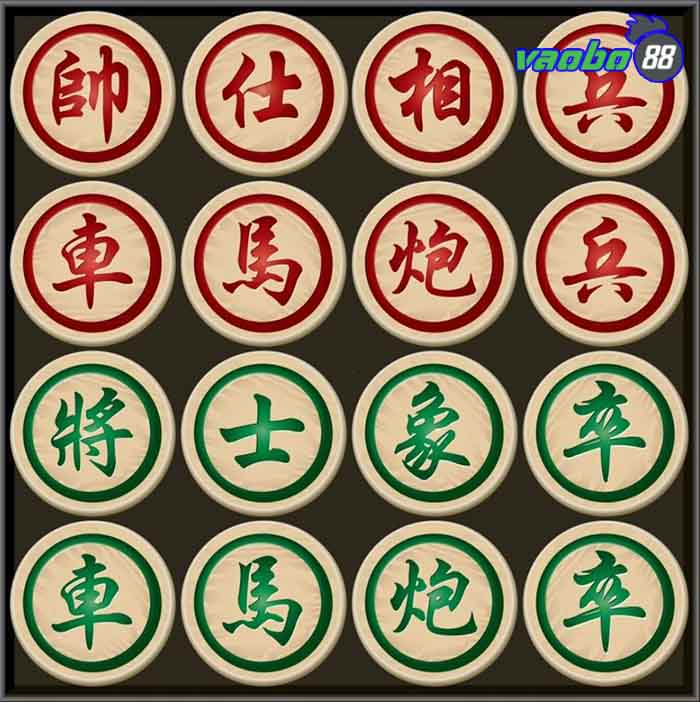
Each chess piece has its own function and mission on the board. They support each other to create a unified and cohesive force to protect their General.
a. General
The General is the most important piece on the board; whichever side loses its General is considered defeated. It can be called the brain of the powerful army; however, its movement ability is not very good.
Specifically, the General is protected within the palace (as explained above). It can only move within that small area and can only move one square at a time.
b. Advisor
The most loyal and closest guard of the General is the Advisor. The way to play Chinese chess for this piece moves diagonally within the restricted palace area to protect the General.
It can also only move one step at a time. If you self-learn to play Chinese chess online, you should note that the Advisor cannot move horizontally or vertically.
c. Elephant
The Elephant plays a role in defending the General from a distance against the enemy’s ambush. The Elephant moves diagonally 2 squares, meaning 2 squares horizontally and 2 squares vertically.
However, the Elephant cannot cross the river and can only stay within its territory. Additionally, it is blocked if there is another piece obstructing its path.
d. Horse
The Horse moves diagonally similar to the Elephant but is allowed to attack across the opponent’s territory. The Horse is as strong as horses on the prairie and moves diagonally 2 squares and 1 square vertically or 1 square horizontally and 2 squares vertically.
However, the Horse is also blocked if there is a piece adjacent to it in the direction of its movement. For those of you practicing to play Chinese chess online, the movement of the Horse is considered difficult on the entire board.
e. Chariot
The Rook is one of the most powerful attacking pieces on the board, moving straight without any limit on the number of squares. It can move horizontally or vertically and can capture any piece that blocks its path.

Because the Rook is important, new players learning to play Chinese chess online should not lose it. The Rook can move horizontally or vertically on the board as long as it is not blocked by another piece from the starting point to the destination.
f. The Cannon
The Cannon has the right to move horizontally and vertically just like the Rook above. However, the way the Cannon captures pieces is very unique and unlike any other. To capture a piece with it, you need to jump over the head of any piece on the board. This means that there must be a blocking piece between the Cannon and the piece being captured, but it does not matter which side that blocking piece belongs to.
Due to its unique nature, the Cannon is a very powerful weapon to attack the enemy General. In the Chinese chess tutorial, the instructor will show you how to effectively combine the Rook and the Cannon.
g. The Pawn
The Pawn is the most neglected piece on the board due to its very limited capabilities. However, Pawns are the hardworking and brave soldiers. Initially, it can only move straight one square at a time. However, if it successfully crosses the river, it can also move horizontally.
Basic Chinese Chess Strategies
Basic Chinese chess strategies include capturing the opponent’s pieces, threatening the General, and protecting your own General. The Chinese chess guide is not simple at all, especially for new players.
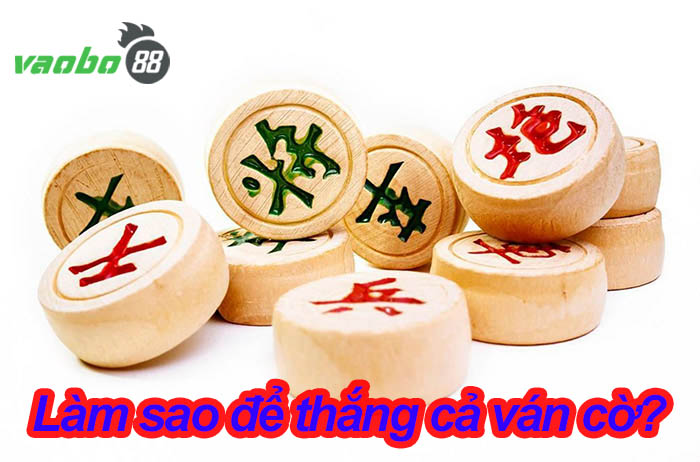
You need to practice a lot to refine your skills and discover creative moves. However, if an adult teaches you how to play Chinese chess, young players can quickly get acquainted with this game.
a. Capturing Pieces
When your piece moves to a position occupied by an opponent’s piece, you can capture it. You will move your piece to that spot and remove the opponent’s piece from the board. Of course, you cannot capture your own pieces, but sometimes you can allow your opponent to capture pieces for strategic reasons.
b. Threatening the General
Use your piece to threaten the position of the opponent’s General. It could be the same piece or another piece that will capture the General on the next move. At the same time, you need to inform your opponent that you are threatening their General. They need to find a way to defend to keep their General safe.
If they cannot find a way to respond, the player being threatened will have to concede defeat. Threatening the General can be done from all four directions, meaning it can be threatened from behind. The rules for threatening the General in Chinese chess are not too complicated, but the ways to defend are very complex. You can move the General or use some other pieces to defend.
c. Defending the General
Two generals can never face each other on the chessboard, meaning they are on the same vertical axis without any pieces in between. If this move is made, the player must move back with another move. This way of playing Chinese chess is a special point that does not appear in other games at all.
d. Chasing Pieces
Chasing pieces occurs when you use a piece to move to a position where it can capture the opponent’s piece (except for check). If the other player cannot find a way to defend, your next move will capture that piece.
However, a few cases are not considered chasing pieces:
- The move of a pawn or general can capture a piece in the next turn.
- The move to capture a pawn that has not crossed the river.
- The move sacrifices a piece for the opponent to capture.
e. Winning the Game
In teaching how to play Chinese chess, players are always instructed on how to end the game.
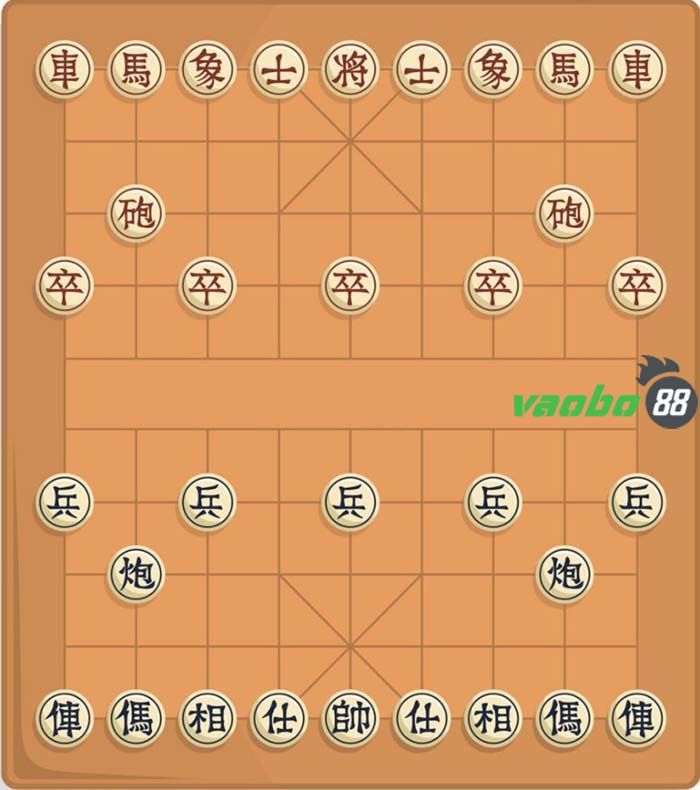
Chinese chess is a high-intelligence game and contains many elements of surprise. Sometimes the side that is continuously checked can turn the game around and win.
A player is considered to have won when:
- Checkmate (cannot move the General to escape check) the opponent.
- Check where the opponent has no way to defend.
- The opponent voluntarily concedes.
In professional competitions, the following cases are also considered losses:
- The player does not make enough moves within the specified time.
- The player does not arrive at the competition venue on time.
- The side that uses repeated check continuously will also be considered a loss.
- The player violates the tournament regulations.
- The player makes technical errors continuously 3 times.
f. Draw Game
In addition to winning and losing, Chinese chess can also have a draw situation:
- When both sides no longer have the ability to check the opponent’s General, and there are no pieces capable of attacking.
- The total number of moves reaches 30 without any further progress. A game is considered to have progress when a pawn crosses the river or one side captures an opponent’s piece.
- Both sides continuously repeat a few unique moves.
- Both sides violate the tournament’s prohibited rules.
- The total number of moves in the game reaches 300.
- One side proposes a draw and the opposite side accepts.
Conclusion
The way to play Chinese chess is quite complex, so players need to learn and firmly grasp the knowledge. In addition, to improve your level, you need to practice with players who are more experienced than you.








